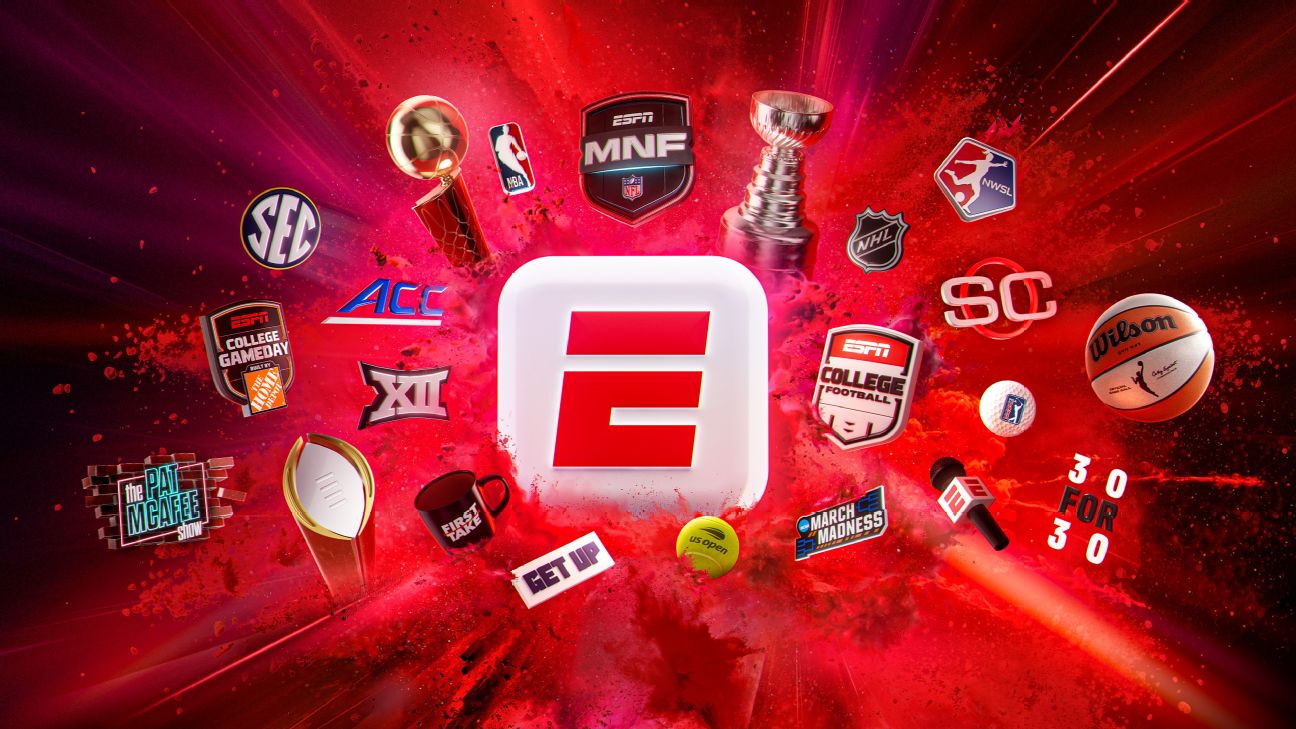Anger is a natural and often entirely reasonable emotion, but it can also be a little like misplacing your car keys. There’s frustration, outrage, exasperation and a string of epithets that would make Pat Narduzzi blush, and then just when the emotions have reached their apex, you realize the keys have been in your coat pocket the whole time.
So it was with last week’s Anger Index.
BYU was right to be upset that, in spite of a spotless record, it was slotted behind three one-loss teams.
The ACC was perfectly justified in its outrage, without a single team in the top 13, despite Louisville and Virginia profiling far better than two-loss teams ranked higher.
Memphis certainly had an axe to grind, relegated to the committee equivalent of an «others receiving votes» nod, when a three-loss team from across the state cracked the top 25.
So, of course, we yelled and screamed and cursed the committee, and by the end of Week 11, we imagine those same committee members were sitting in an oversized chair, stroking a cat and smugly cackling like Bond villains.
Sam Leavitt. Surely that’s a better loss than Alabama’s defeat at the hands of the slumping Florida State, right?
Yes, who you play matters, and in this case, Alabama (No. 4 SoR) and Georgia (No. 5) have had the tougher road. But how you play has to matter, too, and the Red Raiders have been far more dominant. Texas Tech has the second-best average in-game win probability in the country, trailing only Ohio State. Alabama’s is 17th. Georgia’s is 36th. Yes, credit to the Tide and Dawgs for winning close games. But more credit to Texas Tech for avoiding close games altogether.
![]()
As a general rule, if Lane Kiffin is pointing out a flaw in the committee’s logic, then the committee ought to take note. It’s not worth the retribution he’ll eventually deal out with a mercilessly hilarious tweet.
Lane Kiffin makes the case for Texas A&M to be #1
«Texas A&M being No. 3, what more do you want them to do to be 1?»
«They went up to Notre Dame and won.»
«What good did that do if that’s not rewarded?
«They have the highest metrics of everybody and not No. 1.» pic.twitter.com/NJ0m7qWVrw
— SEC Mike (@MichaelWBratton) November 10, 2025
And, of course, Kiffin is right. What else does Texas A&M need to do to be ranked No. 1? The Aggies have the No. 1 strength or record, a supposedly critical stat for the committee. A&M has five wins vs. FPI top-35 teams, Ohio State has four. A&M’s best win is vs. No. 9 Notre Dame. Ohio State’s is vs. No. 10 Texas. A&M has played the 15th-toughest schedule so far (per ESPN’s metrics), while Ohio State has played the 41st.
Ultimately, the difference between being the top seed and the No. 3 seed is minimal, and given that Ohio State and Indiana will likely face off in a Big Ten title game, odds are the Aggies would enter the postseason at No. 2. No hard done, really. But it’s the principle of the thing. If A&M has the best résumé, it should be No. 1, because no one wants to spend a whole offseason hearing Greg Sankey whine about the SEC getting treated unfairly.
![]()
Last week, we thought the Cougars were being underappreciated. Then they went out and lost to Texas Tech and its ferocious defense and tumbled all the way from No. 7 to No. 12 — or, from in the playoff to out of it.

Watch your favorite events in the newly enhanced ESPN App. Learn more about what plan is right for you. Sign Up Now
But does it make sense to divvy out that much of a punishment for a single loss on the road to one of the best teams in the country? To drop BYU behind three two-loss teams, each of which has lost to a team far worse than the Red Raiders?
Of course it doesn’t, but that’s just the tip of the iceberg. How about this comparison?
Team A: No. 7 strength of record, No. 24 strength of schedule, two wins vs. SP+ top-40 teams by an average of four points, one loss to a top-10 team by 10 at home
Team B: No. 8 strength of record, No. 28 strength of schedule, three wins vs. SP+ top-40 teams by an average of eight points, one loss to a top-10 team by 22 on the road
You’ve probably guessed that Team B is BYU, and the No. 8 strength of record metric alone should make the committee’s ranking seem ludicrous.
But Team A? That’s Oregon, who picked up its best win of the season in Week 11 in a game it nearly lost to Iowa.
BYU and Oregon have the same record. BYU has a win over the committee’s No. 13 team, better than Oregon’s win over No. 21 Iowa (who is unranked in the AP poll, by the way). They both have understandable losses, but BYU’s was on the road.
And the committee sees BYU as four spots behind Oregon.
Make it make sense.
![]() Florida Gators squad that has since fired its coach and went to overtime with both Kentucky and Mississippi State. It’s notable, too, that the committee continues to rank a three-loss Iowa, whose strength of record is No. 30, but not a three-loss Illinois, whose strength of record is No. 18. By keeping the Hawkeyes in the top 25, things look a lot better for fellow Pac-12-to-Big Ten transfer Oregon, and by keeping Illinois out, things look worse for the Trojans.
Florida Gators squad that has since fired its coach and went to overtime with both Kentucky and Mississippi State. It’s notable, too, that the committee continues to rank a three-loss Iowa, whose strength of record is No. 30, but not a three-loss Illinois, whose strength of record is No. 18. By keeping the Hawkeyes in the top 25, things look a lot better for fellow Pac-12-to-Big Ten transfer Oregon, and by keeping Illinois out, things look worse for the Trojans.
Also angry this week: James Madison Dukes (8-1, unranked), Tulane Green Wave (7-2, unranked), Arizona State Sun Devils (6-3, unranked), Illinois Fighting Illini (6-3, unranked), North Texas Mean Green (8-1, unranked), Pitt fans (who are worried Notre Dame is about to hang 100 on them).








